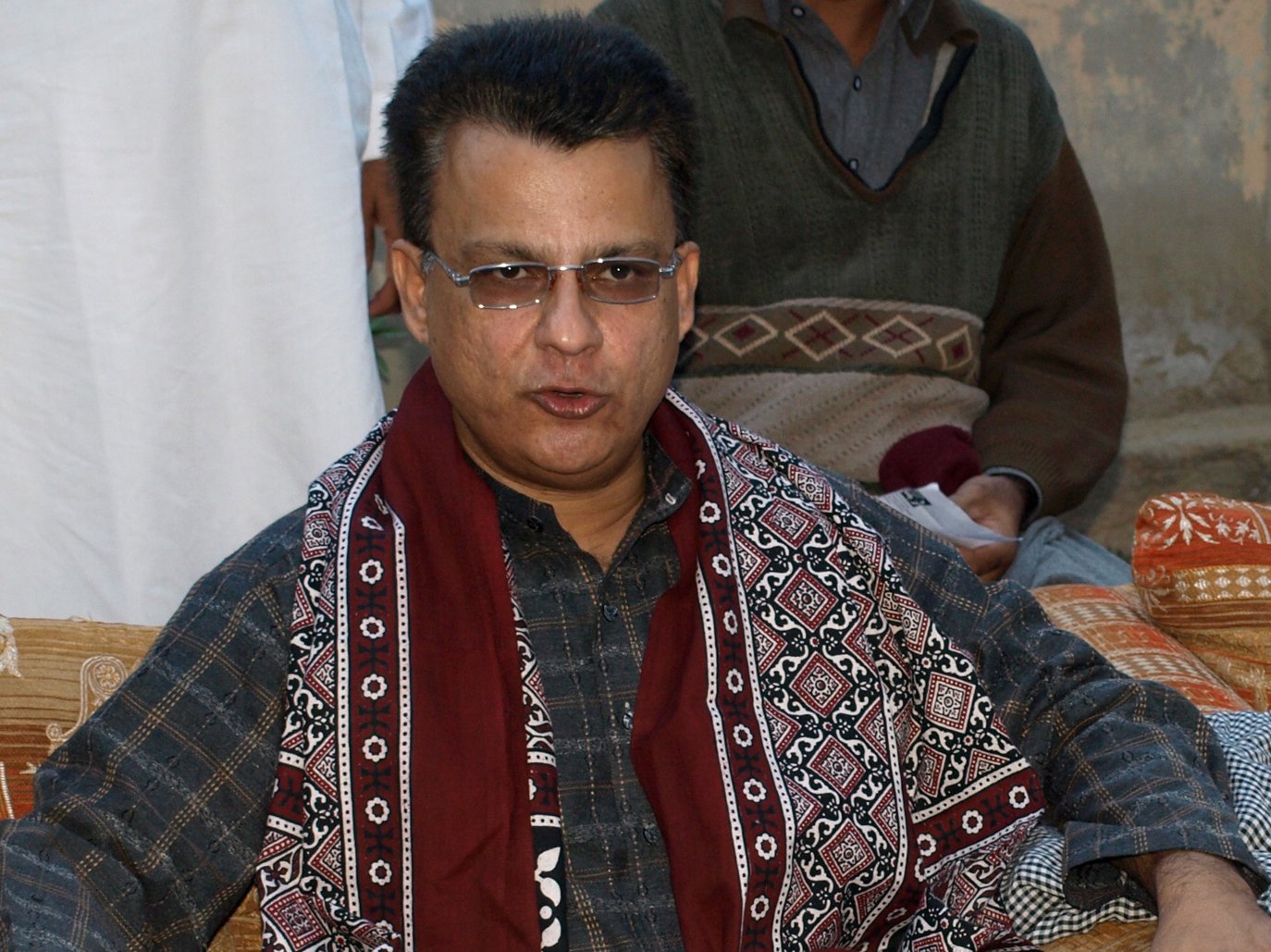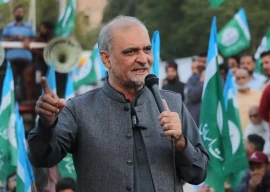
“The MQM leadership says that they are deprived. Subsequently, the media raised such a storm as if the people in Karachi don’t have clothes to wear, food to eat and place to live,” he said at a press conference on Sunday, while sharing the statistics of health, education and development to compare Karachi with the rest of Sindh.

In the higher education sector, he pointed out that there are 33 institutions in Karachi alone while the rest of Sindh has just 16. Giving reference of the Indus Journal of Social Sciences’ report, he said that the number of private schools and colleges is also greater in Karachi with 5,359 in the city out of the 8,492 in the whole province. Similarly, he added, the percentage of school-going children in Karachi is around 90 per cent while 50 per cent students in Kashmore, 45 per cent in Mirpurkhas and 39 per cent in Kandhkot districts do not go to schools.
Citing the Sindh Bureau of Statistics report, Palijo said that out of 358 private hospitals in the province, 134 are in Karachi. The provincial capital also has almost half of the general health practitioners from 4,122 in Sindh.
“With regard to the government’s job quota system, it is merely propaganda that rural Sindh gets the lion’s share and the urban people are discriminated against. The facts speak otherwise,” he said, citing details of the federal government jobs in Sindh. The urban and rural Sindh have been given 40 and 60 per cent, respectively, share in the government jobs. But, the 2012 data shows the urban share at 44 per cent with 26,871 jobs from grades 1 to 22. Similarly, in the federal corporations and semi government sectors, 49,265 jobs, 55.4 per cent, have been given on the urban domicile and 39,595, 44.6 per cent, on the rural.
In the development sector, a report of Social Policy and Development Centre for 2012 places Karachi at the top among all districts in Pakistan. The report factors in education, health, housing quality, housing services and economic deprivation as indicators.
He argued that the incidence of corruption is also far greater in Sindh than in any other province as pointed out in the auditor general of Pakistan’s report.
Palijo announced that his party will mark 2014 as the year for struggle to achieve prosperity, peace and development for Sindh.
Published in The Express Tribune, January 20th, 2014.
COMMENTS (4)
Comments are moderated and generally will be posted if they are on-topic and not abusive.
For more information, please see our Comments FAQ
1732503274-0/Untitled-design-(43)1732503274-0-405x300.webp)
1732501636-0/Untitled-design-(42)1732501636-0-165x106.webp)

1732498967-0/Outer-Banks--(1)1732498967-0-165x106.webp)
1732086766-0/BeFunky-collage-(74)1732086766-0-165x106.webp)












Instead of being ashamed of not making schools in the entire province he ends up comparing the number of schools and colleges in Karachi with the rest of the province. Why are there no schools and ghost schools in rural Sindh ? Who are the leaders there? Why was no university being built in rural Sindh and AH had to warn that the university would be built in Karachi if you dont build it in rural Sindh with the approved budget?....
if it is not spend in karachi, and not in rural sindh..then where the 200billion rupee budget of sindh goes?
Answer that question and win your dream vacation package. hints: -family -fuedal -bhutto -zardari -not studied Pakistan studies -never ride a bus -never roamed on street
SIR Please visit Sind Secretariat